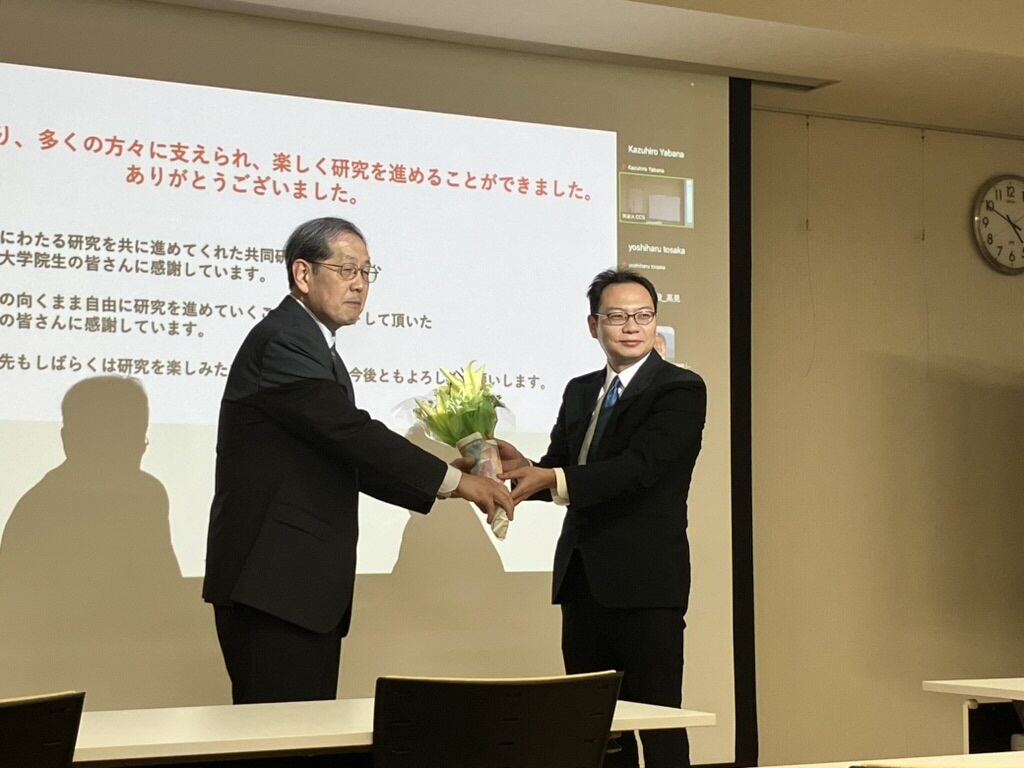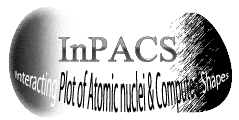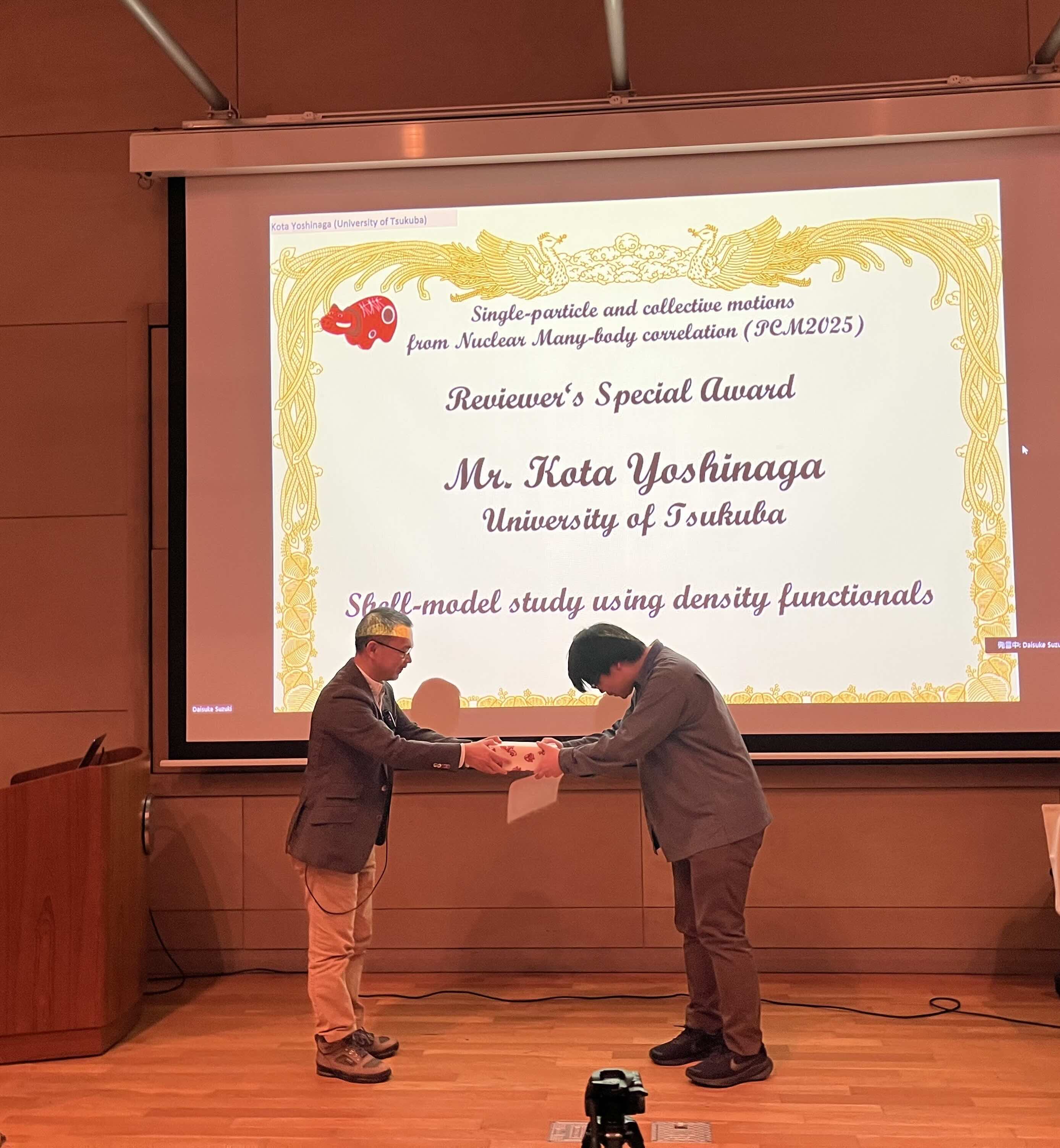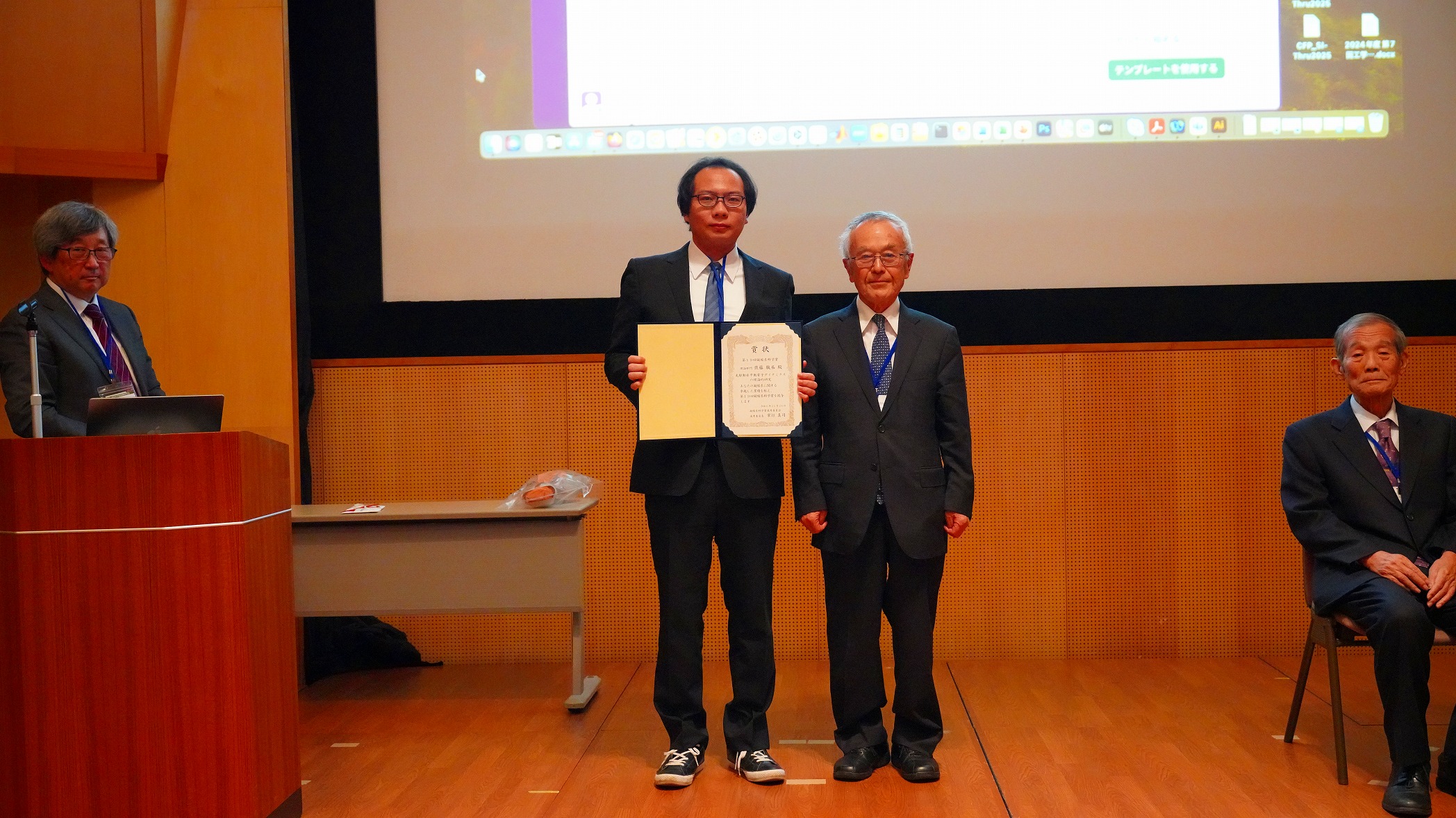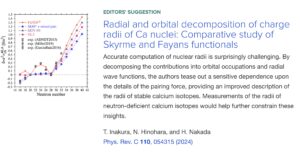Announce: Final lecture by Prof. Yabana 矢花教授最終講義
2025年2月6日 | 新着情報
The final lecture by Prof. Yabana will be given on March 13, 2025. The lecture will be given in Japanese.
Date: Thursday, March 13, 2025, 15:00 pm
Place: Workshop Room (1F), Center for Computational Sciences
No registration necessary
- 15:00 Opening address
- Prof. Taisuke Boku (Director, CCS)
- Prof. Akira Ozawa (Head of Department of Physics)
- Final Lecture
- Prof. Kazuhiro Yabana, “From nuclear physics, Nano, and laser science”
17:00 Party (After the final lecture)
Fee: about 500-1000 JPY, cash only
* If you intend to attend the party, please register yourself in advance at this form.
* Contact: final.lecture@nucl.ph.tsukuba.ac.jp
日時: 2025年3月13日(木) 15:00
・場所: 計算科学研究センター・ワークショップ室
・参加申し込み不要
15:00 挨拶・祝辞
朴 泰祐 教授(計算科学研究センター長)
小沢 顕 教授(数理物質系物理学域長・物理学学位プログラムリーダー)
最終講義
矢花一浩 教授 「原子核理論からナノ、そしてレーザー科学へ」
17:00 懇親会(最終講義終了後)
参加費:500ー1000円程度(予定)、当日現金支払
*準備のため、懇親会に参加予の方は、こちらから事前登録して頂きますようお願いいたします。
*ご不明な点などありましたら、下記世話人担当までご連絡下さい。
中務孝 (final.lecture@nucl.ph.tsukuba.ac.jp)
